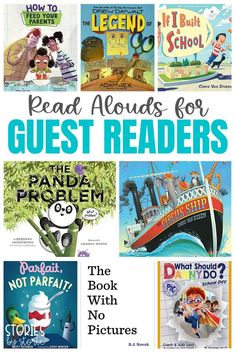Alphabet bunting is not only a colorful and vibrant decoration for classrooms but also an innovative teaching tool that can be used in numerous ways to enrich the learning experience for students. These cheerful strings of letters can be versatile aids in teaching the alphabet, encouraging literacy, and creating an engaging learning environment. Here are ten creative strategies for using alphabet bunting as a teaching tool:
1. Alphabet Recognition:
Use the bunting to reinforce letter recognition among young learners. Hang the alphabet in the traditional A-Z sequence and ask students to identify each letter.
2. Ordering Letters:
Mix up the bunting and challenge students to arrange them in correct alphabetical order. This helps pupils understand the sequence of letters beyond just singing the alphabet song.
3. Spelling Practice:
Students can use letters from the bunting to spell out new vocabulary words or their spelling list. It’s a hands-on approach that makes learning more dynamic.
4. Creating Words:
Encourage children to form words using the bunting. This could be particularly beneficial for emergent readers who are just starting to mix letters to make words.
5. Matching Upper and Lower Case Letters:
With both upper-case and lower-case alphabet buntings, you can help students match pairs, thereby understanding the concept of capitalization.
6. Word Categories:
Create specific categories like ‘Animals’ or ‘Fruits’ and have students pick letters from the bunting to spell out related words, aiding in both vocabulary development and categorical thinking.
7. Phonics Introduction:
Use each letter of the bunting to introduce sounds, which is especially useful for phonics-based instruction methods.
8. Sentence Formation:
Challenge learners to create sentences using words starting with each letter of the alphabet in sequence—a great way to practice grammar and sentence structure.
9. Classroom Labeling:
Alphabet bunting can be used for labeling classroom objects which reinforces word-object association and builds vocabulary possibly.
10. Celebrating Achievements:
Personalize buntings with student names or accolades, such as ‘Star Reader’ or ‘Math Whiz’, which not only boosts morale but also familiarizes them with letterforms corresponding to personal identifiers.
Incorporating these strategies into everyday learning can turn a standard classroom decoration into a powerful educational resource that inspires imagination, reinforces literacy skills, and adds an element of fun to language acquisition tasks. Alphabet bunting proves that even simple resources, when utilized creatively, can become significant tools in developing foundational educational skills.





